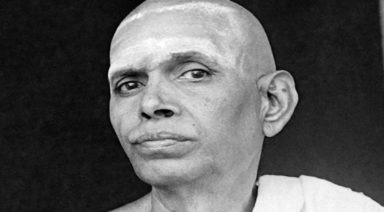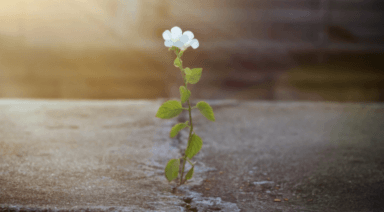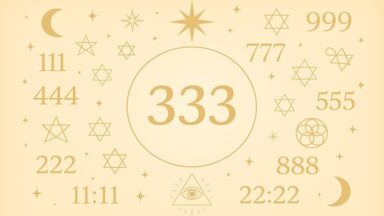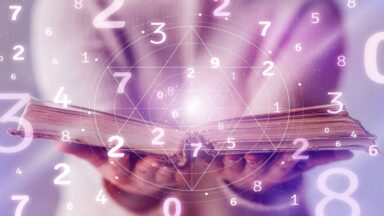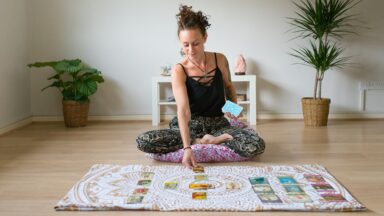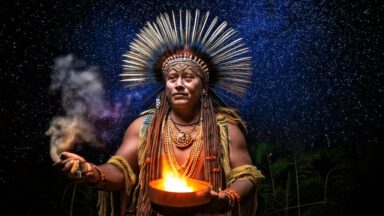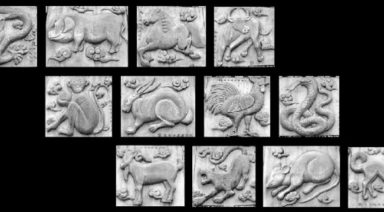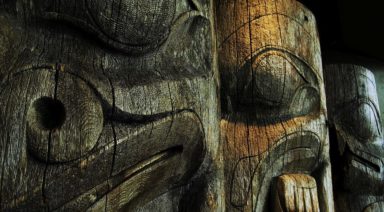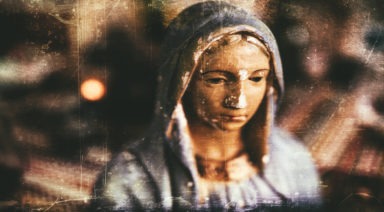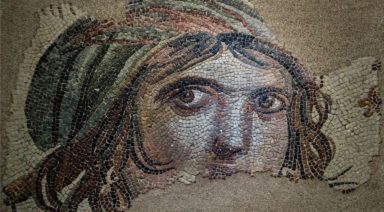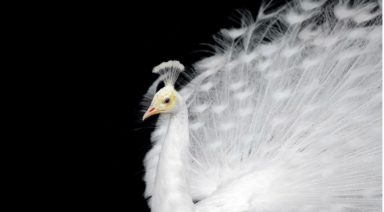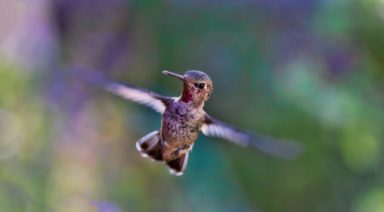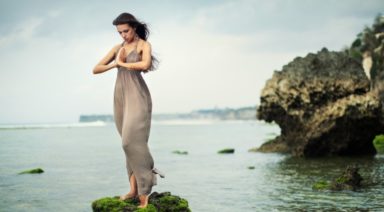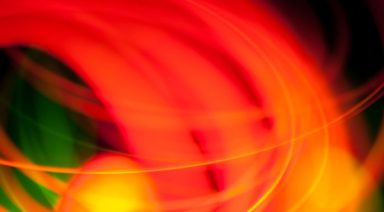The Tree of Life
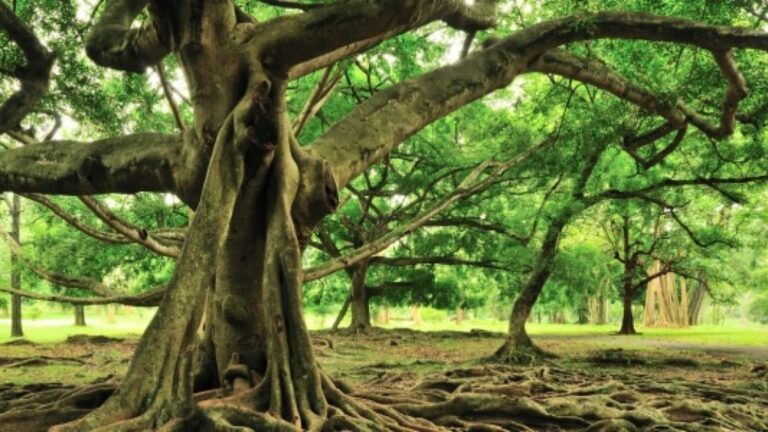
There are a wide spectrum of images and ideas associated with the Tree of Life. On one level, literal trees with Sacred Geometry in Nature roots, flowers and fruits have earned the name Tree of Life through their functional diversity and profound healing qualities.
Meanwhile, many purely metaphorical understandings point to the benevolent evolution of natural creation. The way a seed becomes a tree and bears fruit, the One creator unfolds into the Many forms of manifest existence. Deeper still, the Tree of Life can indicate a geometrical structure at the heart of Kabbalastic mysticism, providing a precise map of the soul and its attributes.
In this essay, we will explore the validity of each meaning and attempt a harmonization, if not unification, of these varied ideas. Ultimately, Plato promises that study of geometry “will draw the soul toward truth and create the spirit of philosophy.” Lovers of truth, all seekers of knowledge — welcome.
The Real Live Tree of Life
Let’s begin with a biological organism that exhibits the qualities one might expect from something given the grandiose title Tree of Life. For this writer, the tree that comes mind is the Baobab (Adansonia digitata), native to southern Africa. According to the Kruger National Park website, the Baobab tree can live to be 3,000 years old, and can grow large enough to shelter 40 people inside its trunk. “Various Baobabs have been used as a shop, a prison, a house, a storage barn and a bus shelter.”
Every aspect of the Baobab offers some boon. The fruit is considered a superfood, noted for its high Vitamin C content. The oil contains vitamins A, D, E and F and Omega 3, 6 and 9, soothing conditions like eczema and psoriasis and making it highly sought after by the cosmetics industry for its anti-aging qualities.
Kruger lists some more of its many uses: “Fiber from the bark is used to make rope, baskets, cloth, musical instrument strings, and waterproof hats… Fresh baobab leaves provide an edible vegetable similar to spinach which is also used medicinally to treat kidney and bladder disease, asthma [and] insect bites… [P]ollen from the African and Australian baobabs is mixed with water to make glue.”
These are some of its products, but the Baobab is an entire ecosystem unto itself, allowing innumerable lifeforms to subsist on its structure. It is home to birds, baboons, and bats, not to mention an infinitude of insects. “When [Baobabs] do die, they simply rot from the inside and suddenly collapse, leaving a heap of fibres…” which are summarily consumed by termites. Thus even in death, the Baobab sustains life.
Owing to its odd appearance and unusual characteristics, the Baobab is commonly known as “the upside-down tree.” There are many native legends explaining how this came to be, all of which feature some form of God tossing, smashing, or otherwise planting the tree upside-down on Earth, usually due to hubris or stupidity on the part of the Baobab or its animal counterparts.
This is a creation story that mirrors many others. Where else do we see this image of an upside-down tree as a metaphor for creation?

Image by anlacreativephotos from Pixabay
The Kabbalah Connection
Many people know the Tree of Life from Kabbalah, the esoteric tradition of Jewish mysticism. In this context, the Tree of Life takes the form of ten “numerical entities” known as sefirot. Perhaps their specific spatial representation will be familiar to you:
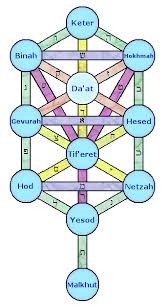
Image courtesy of https://commons.wikimedia.org/
According to Huston Smith, writing in The Essential Kabbalah, these numerical entities are “living beings embodying the numbers one through ten, ciphers, metaphysical potencies through which creation unfolds.”
Sefirot emanate from Ein Sof, which literally translates as “endless,” and implies the infinite, unspeakable Godhead. As a reference point, the word Brahman in Vedanta philosophy points to a similar “cause of causes” or “source of all that is.” Ein Sof is the One; sefirot are the Many.
According to Smith, “another depiction of the sefirot is that of a cosmic tree growing downward from its roots above… From above to below, the sefirot depict the drama of emanation, the transition from Ein Sof to creation… From below to above, the sefirot constitute a ladder of ascent back to the One…”
This dynamic balance between ascending and descending forces is reminiscent of another famous Judaic shape: the Star of David. These two interlocking triangles represent perfect harmony between the polarized opposites of masculine and feminine, positive and negative, active and passive, yang and yin. It is the geometrical expression of the philosophical phrase, “as above, so below.”
Depicted in its three-dimensional state, this shape is known as a star tetrahedron or Merkabah. In an enlightening essay, Drunvalo Melchizedek explains how the word Merkabah encodes meaning beyond.
“In the Torah, there is reference to the Merkavah (as it is spelled in Hebrew) which has two different meanings: One meaning is ”chariot,” which is a vehicle; the other is the ”Throne of God”…
“In Ancient Egypt, this primal pattern was called the Mer-Ka-Ba. It was actually three words, not one. Mer meant a kind of light that rotated within itself. Ka meant spirit, in this case referring to the human spirit. And Ba meant the human body — though it also could mean the concept of Reality that spirit holds. And so the entire word in ancient Egypt referred to a rotating light that would take the spirit and the body from one world into another.”
The Star of David (Merkavah) consists of two interpenetrating, equally balanced triangles (pyramids). Traditionally, the sefirot structure is composed of one upward-aiming triangle and two downward moving triangles.
This predominance of downward, inward, feminine directionality shows how the sefirot tend towards diversity and manifestation, as opposed to reunification. For example, if there were two upward triangles and only one downward, the balance would tilt in favor of ascension into subtler dimensions. Trending ever towards unity, there would not be sufficient differentiation between the One and Many for us to have this discussion; all potentials would remain latent and nothing new would manifest. The world would remain a blank slate.
As it is, the Creator exhibits an obvious preference for creation. The search for truth about the reality of that creation essentially leads immediately to the Quadrivium, the sciences of Number, Geometry, Music and Cosmology exalted by the great Pythagorus as four of the seven original Liberal Arts (in addition to the Trivium of Grammar, Logic and Rhetoric).
Pythagorus the Multidimensional
Pythagoreans teach the Quadrivium through the tetraktys — a sacred geometrical structure of ten points. Sound familiar? Similar to the sefirot, the tetraktys gives a set of ten coordinates that function as “a numerical paradigm of whole systems”.
The tetraktys is arranged in a triangle, like bowling pins. One may approach the tetraktys from many angles, and arrive at many valid interpretations. Here, let’s look at how the tetraktys maps the unfolding of the dimensions.
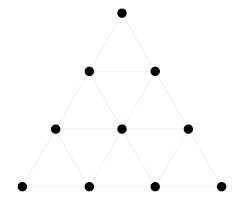
Image courtesy of https://commons.wikimedia.org/
Given the first dot, we have Dimension Zero, the singularity, or monad. According to Robin Waterfield’s translation of The Theology of Arithmetic, “[t]he monad is the non-spatial source of number… the monad is… linear and plane and solid.” In a purely latent state of potentiality, the monad contains all that follows.
Given one dot, the second makes a dyad and represents Dimension One — linearity. To mark the distance from one dot to another creates a line between two opposing points. This is the level of polarity — the pervasive opposition of phenomena like night and day, cold and hot, Demons and Gods.
The paradox is that of course the two poles are connected, never separate. A magnetic field is the purest expression of this principle, as its apparently opposite lines of force ultimately loop back around and merge into one another in a demonstration of essential unity.
The polarity of masculine and feminine energy inevitably gives way to a triumvirate when mom and dad have a little baby. Everybody knows three is the magic number, but why is that?
The triad encloses area, providing a plane whereupon further creations can flourish. This is Dimension Two, which according to Nassim Harramein, “is where cartoons live.”
Indeed, the great charm of cartoons is the plurality of possibility; any thing can arise in that area! How often do we stop counting after one and two? The next value in that sequence is “several,” suggesting many more than simply three.
Meanwhile, every satisfactory story requires a beginning, middle and end. It needs a hero, villain and neutral narrator. There must be activity, trouble and finally peace. Musically, the score to the story must have its root, dissonance and resolution. Ultimately, the whole story is overseen by a holy trinity, be it Father, Son and Ghost, or Brahma, Vishnu and Shiva. The triad of creation, preservation and destruction shows the nature of creation at every scale. This is harmony.
After harmony, we get depth. At the fourth and final level of the tetraktys is the tetrahedron, a pyramid made of four equilateral triangles. This is the first solid that encloses volume, literally creating space in three dimensions.
As the forces of one and two are united by a third, an entirely new whole is generated. This is the first manifestation of what we might call “shared reality.” It is in three-dimensional space that bodies are born, grow, decay and die.
If you are reading this, you are most likely in the depths of a third-dimensional experience. You are a conglomeration of water held by Earth breathing air that feeds the fire in your eyes and belly. These elements interact with your five senses to create the sensation of embodied aliveness. What a beautiful miracle Platonic Solids (and a topic for another time)!
Here is a graphic representation of the process just described, wherein we have completed the original promise of the monad as containing all that is “linear…plane and solid.”

Now, if you please, hold the image of the tetrahedron in your mind’s eye and scroll back up. Does the Star of David spin with new meaning? Staring at the sefirot, do you see more deeply now how the Tree of Life is a multidimensional map of consciousness as it unfolds into matter?
It is as if the seed of life is planted by lightning strike, speeding to the ground by the power of two downward-pointing tetrahedrons. Once embedded in the soil, it is a slower climb back up the framework, battling against the full weight of creation. The body, soul and mind creep back up toward oneness like a vine climbing a divine trellis.
Sacred geometry gives the blueprint for that subtle framework, acting as a map of both soul and body. If you wish to accelerate the return journey to oneness, or just to move and play freely within the grand construct, I suggest you study the archetypal forms and learn to retrace the Creator’s steps.
If “spiritual and psychological wholeness is achieved by meditating on the qualities of each sefirah, by imitating and integrating the attributes of God,” then we are well advised to familiarize ourselves these qualities and attributes. In order to better know the Creator, let us study the creation.
As above, so below. As within, so without.
What is the Meaning of Lokah Samastah Sukhino Bhavantu

In times of great change and global uncertainty, we are sometimes at a loss to find stability and peace within. Yet, we are supported endlessly by the wisdom of the ages. Lokah Samastah Sukhino Bhavantu is a mantra of power that assists us in our spiritual evolution and acts as a blessing for the world.
Lokah Samastah Sukhino Bhavantu or लोका: समस्ता: सुखिनो भवन्तु is a Sanskrit mantra which means:
“May all beings everywhere be happy and free, and may the thoughts, words, and actions of my own life contribute in some way to that happiness and to that freedom for all.”
By chanting this peace mantra, we move from our personal selves and radiate a prayer of love for the world around us. It takes us from the egoic, little self and its limited worldview and radiates a powerful warmth. It is a reminder we are a part of the universe and can positively impact all of creation.
Though not a traditional Vedic mantra, Lokah Samastah Sukhino Bhavantu is a Sanskrit prayer (or sloka). It has been used for many centuries to invoke greater states of compassion and peace. Often said at the end of yoga practices, it’s an invocation for personal and collective peace. “Do unto others as you would have them do unto you” may be the closest Western equivalent. Yet, the impact of this ancient mantra is far grander than simple human kindness.






